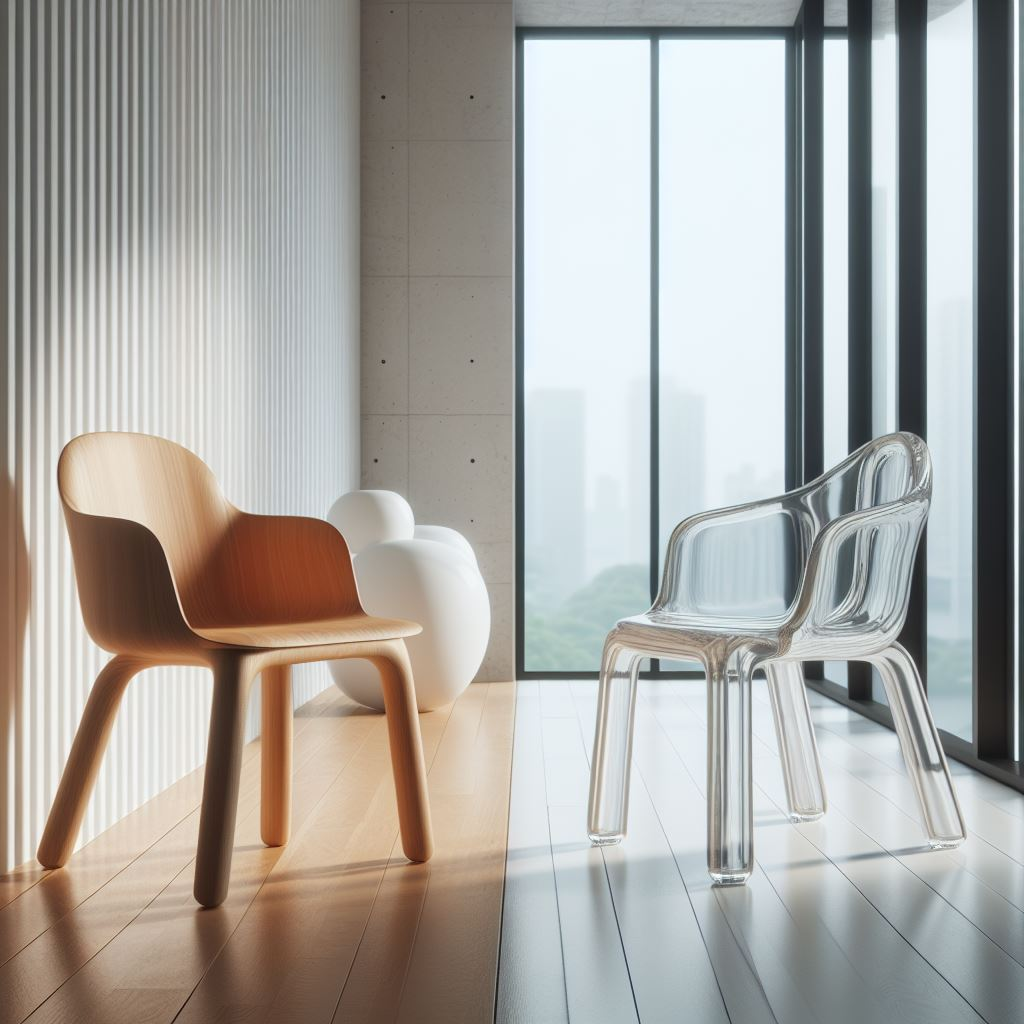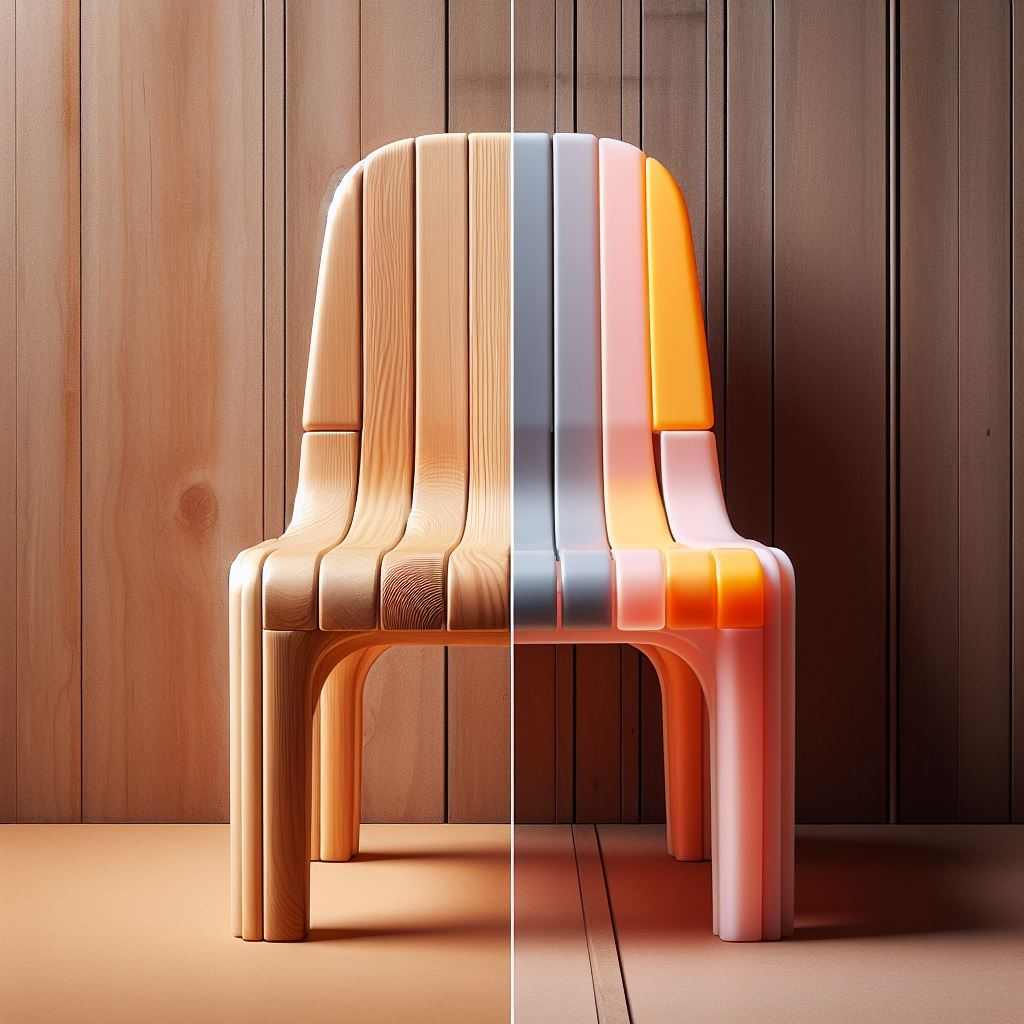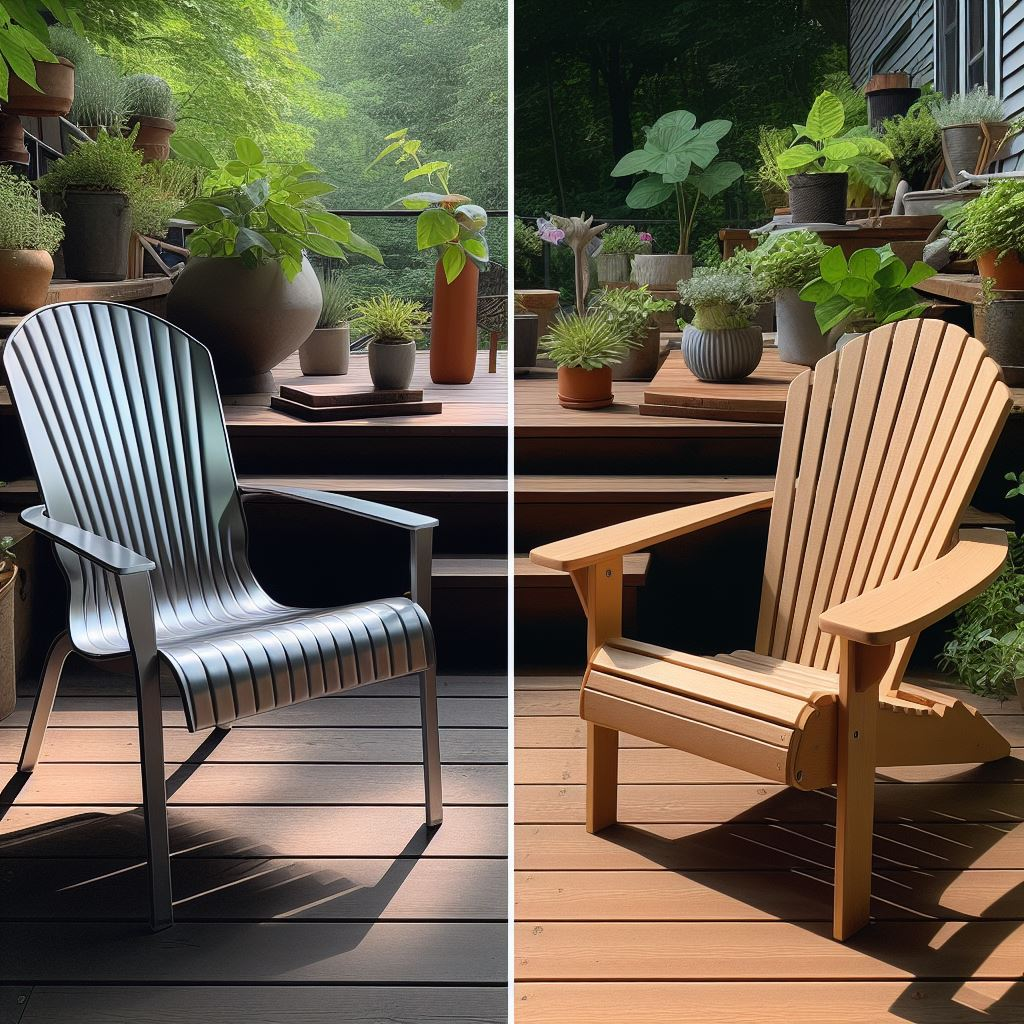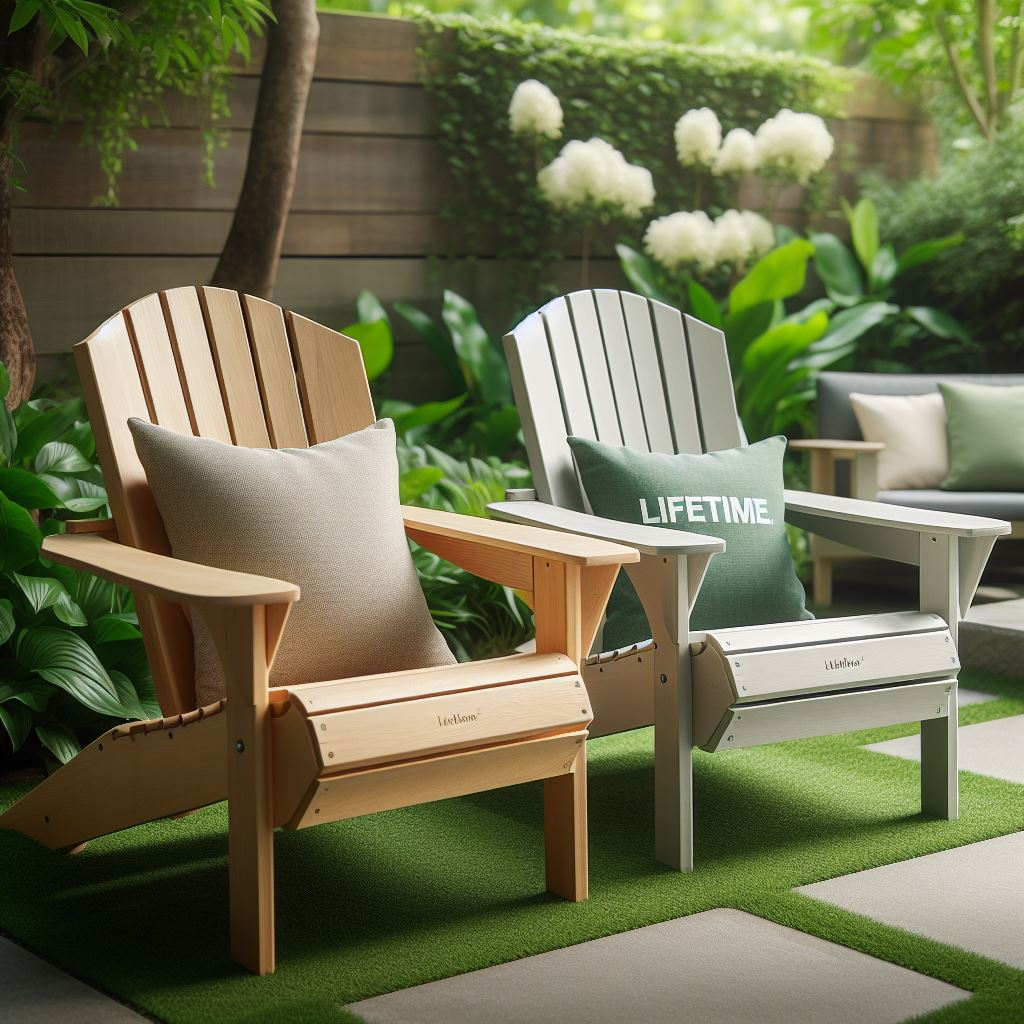When it comes to outdoor furniture, the choice between Polywood and polystyrene can make a significant impact on your space. Polywood, made from recycled plastic, offers durability and sustainability, making it a popular choice for eco-conscious consumers. On the other hand, polystyrene furniture provides a lightweight and affordable option for those looking to spruce up their outdoor areas without breaking the bank.
Polywood patio furniture is known for its weather-resistant properties, making it ideal for withstanding the elements year-round. In contrast, polystyrene patio furniture may require more maintenance but offers versatility in design and color options.
Whether you opt for the timeless appeal of Polywood or the budget-friendly convenience of polystyrene, both materials have their unique benefits that cater to different preferences and needs. Ultimately, your choice between Polywood and polystyrene outdoor furniture will depend on factors such as style preference, budget constraints, and desired durability.
Comparison between Polywood and Polystyrene:
| Property | Polywood | Polystyrene |
|---|---|---|
| Material | Recycled HDPE plastic. Color runs through the material. | Synthetic polymer made from styrene. Clear, hard, and brittle. |
| Durability | Resistant to wear and tear, withstands harsh weather conditions. | Poor barrier to air and water vapor, low melting point. |
| Maintenance | Requires little maintenance. No need for sanding, coating, or painting. | Not specified. |
| Resistance | Resistant to corrosive substances and moisture. | Resists most inorganic chemicals. |
| Environmental Impact | Made from recycled materials, reducing pollution. | Not specified. |
| Aesthetics | Timeless and smooth colors due to UV-inhibited pigment systems. | Naturally transparent, can be colored. |
| Use in Outdoor Furniture | Popular choice for outdoor furniture due to durability and low maintenance. | Not recommended for long-term outdoor use. |
| Thermal Properties | Not specified. | Possesses thermal and electrical insulation properties. |
| Moldability | Not specified. | Can be molded into many forms. |
| Melting Point | Not specified. | Melts at 240 °C. |
| Electrical Properties | Not specified. | Excellent electrical insulator. |
| Chemical Resistance | Not specified. | Resistant to chemicals such as acids and bases. |
| UV Resistance | Not specified. | Poor UV resistance. |
| Recyclability | Not specified. | Can be melted and reused in different shapes or forms. |
Pros and Cons of Polywood for Your Outdoor Living Space
Polywood is a fantastic choice for outdoor furniture due to its numerous benefits. It’s durable, weather-resistant, and requires minimal maintenance, making it a convenient option for your outdoor living space. Plus, Polywood is eco-friendly as it is made from recycled materials, contributing to sustainability efforts.
However, like any material, Polywood has its drawbacks. While it’s durable, it may not have the same aesthetic appeal as natural wood. Additionally, some people find that Polywood can be more expensive upfront compared to other outdoor furniture options.
When considering Polywood for your outdoor living space, weigh these pros and cons carefully to make an informed decision that aligns with your style preferences and sustainability goals.
Pros and Cons of Polystyrene for Your Outdoor Furniture Needs
When it comes to outdoor furniture, polystyrene is a popular choice for many homeowners. Its benefits include being lightweight, durable, and cost-effective. Polystyrene furniture is easy to maintain and can withstand various weather conditions without losing its appeal.
However, like everything else, there are some drawbacks to consider. While polystyrene is durable, it may not be as long-lasting as other materials like teak or metal. Additionally, some people may find the look of polystyrene furniture less appealing compared to natural wood or other materials.
In the end, the decision to choose polystyrene for your outdoor furniture needs will depend on your preferences and priorities. Consider the pros and cons carefully before making a choice that suits your style and budget.
Which Material Should You Choose: Polywood or Polystyrene?
When it comes to choosing outdoor furniture materials, the decision between Polywood and polystyrene can be a tough one. Let’s break it down to make your choice easier.
Polywood, made from recycled plastic, is durable and weather-resistant, making it perfect for outdoor use. On the other hand, polystyrene offers a lightweight option that is easy to move around but may not be as sturdy as Polywood.
Consider your specific needs when selecting outdoor furniture materials. If you prioritize sustainability and longevity, Polywood might be the way to go. However, if you value versatility and affordability, polystyrene could be the better choice for you.
Making an Informed Decision: Factors to Consider When Selecting Outdoor Furniture Material
When it comes to selecting outdoor furniture material, durability and weather resistance are key factors to consider. Opting for sustainable options not only benefits the environment but also ensures longevity for your outdoor furniture pieces.
Choosing a durable outdoor furniture material can save you time and money in the long run. Weather-resistant patio furniture materials like teak, aluminum, or polyethylene are excellent choices for withstanding the elements.
For those looking to make an eco-conscious choice, exploring sustainable outdoor furniture options such as recycled plastic or reclaimed wood can be a rewarding decision. By considering these factors, you can make an informed choice that aligns with your needs and values.
In Conclusion: Selecting the Right Material for Your Outdoor Furniture Investment
When it comes to selecting the right material for your outdoor furniture investment, it’s essential to consider factors like durability, maintenance, and aesthetics. Teak wood is a popular choice for its natural beauty and weather-resistant properties. Aluminum is another excellent option known for its lightweight nature and rust resistance.
Personal preference plays a significant role in this decision-making process. Some may prioritize the classic look of wood, while others prefer the modern appeal of metal. Whichever material you choose, ensure that it aligns with your style preferences and outdoor living needs.
Ultimately, investing in high-quality outdoor furniture made from the right material will enhance your outdoor space and provide you with years of enjoyment and relaxation.










